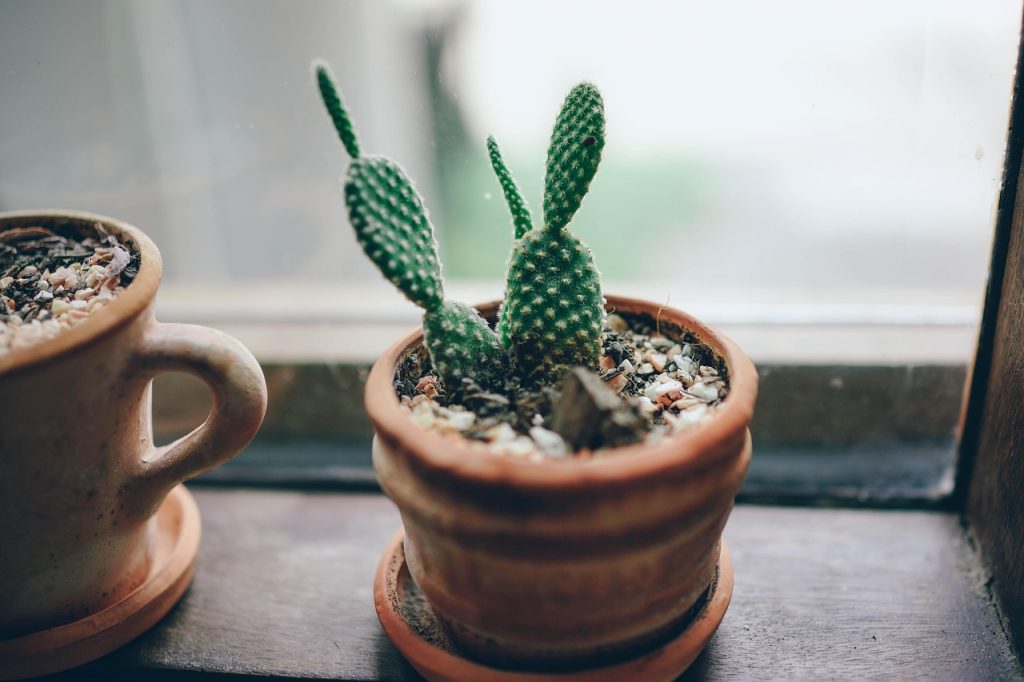Welcome to the lush world of indoor plants, where green leaves can brighten your living space, purify your air, and even boost your mood. Whether you’re a seasoned gardener or a novice curious about adopting your first houseplant, this comprehensive guide will walk you through the essentials of selecting, maintaining, and decorating with indoor plants. Let’s turn your home into a vibrant oasis one leaf at a time!
Choosing the Right Indoor Plants for Your Home
Not all houseplants require a green thumb, and some are more forgiving than others. Choosing the right plant for your space and lifestyle can make indoor gardening a joyful and rewarding experience.

Consider Light Availability
The amount and intensity of light in your home are crucial in determining which plants will thrive. Here’s a quick rundown:
- Low Light: Spaces with few windows or north-facing windows. Ideal plants for these areas include the ZZ plant and snake plant.
- Medium Light: Areas that are well-lit but away from direct sunlight, suitable for species like the peace lily or philodendron.
- Bright Light: Spaces near south-facing windows that receive ample sunlight, perfect for succulents and cacti.
Assess Your Commitment Level
Think about how much time and effort you are willing to invest in plant care. Some plants require more attention than others:
- Low Maintenance: Varieties like the pothos or spider plant are resilient and require minimal care.
- High Maintenance: Plants like the fiddle leaf fig or orchids may need more frequent watering, specific humidity levels, and pruning.
Essential Care Tips for Thriving Indoor Plants
Proper care is vital to keep your indoor plants healthy and vibrant. Here are essential tips to help your green friends prosper:
Watering Your Indoor Plants
Over-watering is one of the most common mistakes in plant care. To avoid this:

- Check the top soil. If it’s dry to the touch, your plant likely needs water.
- Use pots with drainage holes to prevent excess water from sitting at the bottom.
- Adapt your watering schedule seasonally, as plants typically need less water in the winter.
Optimal Feeding Practices
Nutrition is key to vibrant and healthy plants:
- Feed your plants with a balanced fertilizer during the growing season (spring and summer).
- Avoid fertilizing in the fall and winter when most plants go dormant.
Providing Adequate Light and Temperature
Ensure your plants get the right amount of light and are kept at optimal temperatures:
- Rotate your plants occasionally to ensure even light exposure on all sides.
- Maintain a stable indoor temperature, avoiding placement near heat sources or draughty windows.
Styling Your Space with Indoor Plants
Indoor plants are not only beneficial for your health but also add a touch of style and personality to your home. Here’s how to integrate plants into your decor effectively:
Using Plants as Decorative Elements
Plants can serve as focal points or subtle accents in a room. Try these ideas:
- Use large plants, like a Monstera or rubber tree, as statement pieces in living rooms.
- Create a calming atmosphere in bedrooms with hanging plants like string of pearls or ferns.
Creating Green Spaces in Small Areas
Even if you’re short on space, you can still enjoy greenery:
- Opt for vertical gardens or wall-mounted plants to save floor space.
- Choose compact plants such as succulents or small herbs for window sills or desktops.

FAQs About Indoor Plants
Indoor plants typically need to be repotted every 12-18 months, or when you notice signs like roots growing through the drainage holes. Choose a pot that is slightly larger than the current one to allow for growth.
Common pests include aphids and spider mites. You can combat these by using a neem oil spray or by wiping the leaves with a mild soap solution. Isolating the affected plant is also a good practice to prevent the spread of pests.
Yes, certain indoor plants like the spider plant and Boston fern have been shown to absorb pollutants like formaldehyde and benzene from the air, effectively acting as natural air purifiers.
Conclusion
In conclusion, embracing indoor plants offers numerous benefits beyond mere aesthetics. From improving air quality to enhancing your mental well-being, these green companions can transform your living environment. Whether you’re looking to create a serene, plant-filled corner or want to integrate plants into your home decor, the world of indoor gardening offers endless possibilities. Remember, each plant has its own personality and needs, so take the time to understand and care for your plants, and watch as they bring more life into your home.